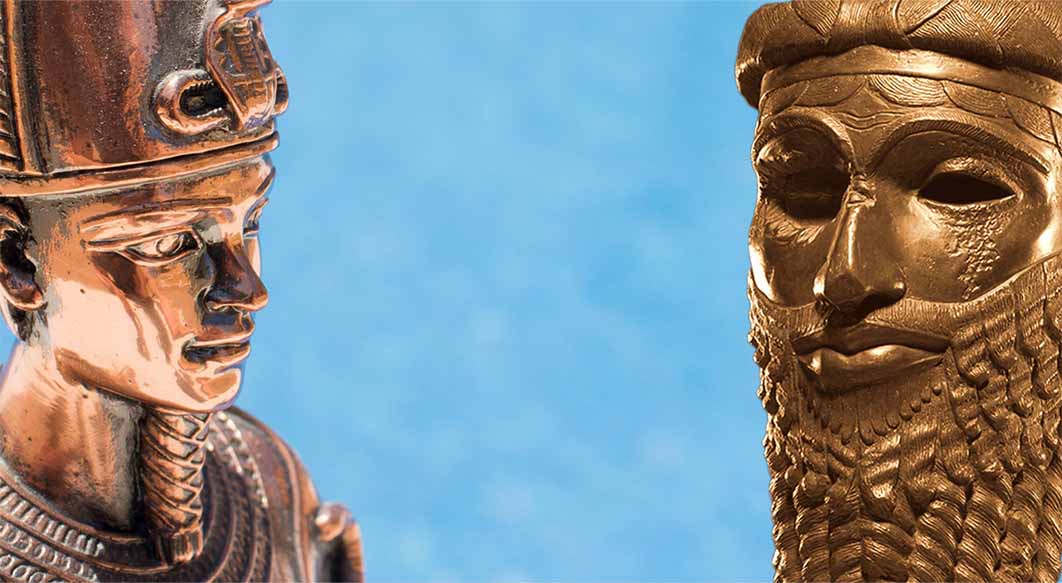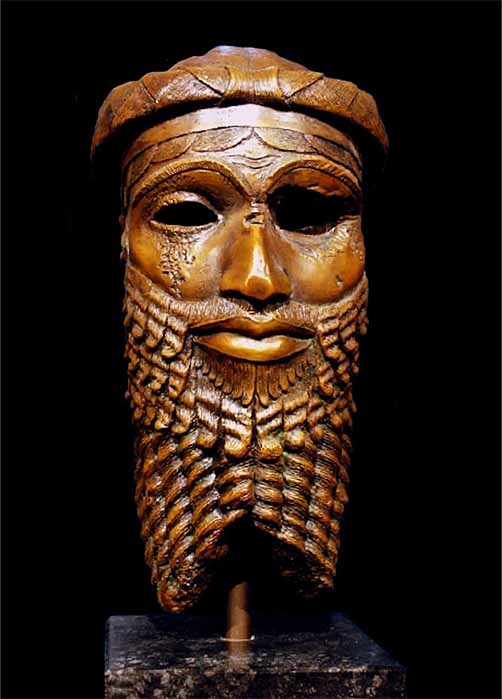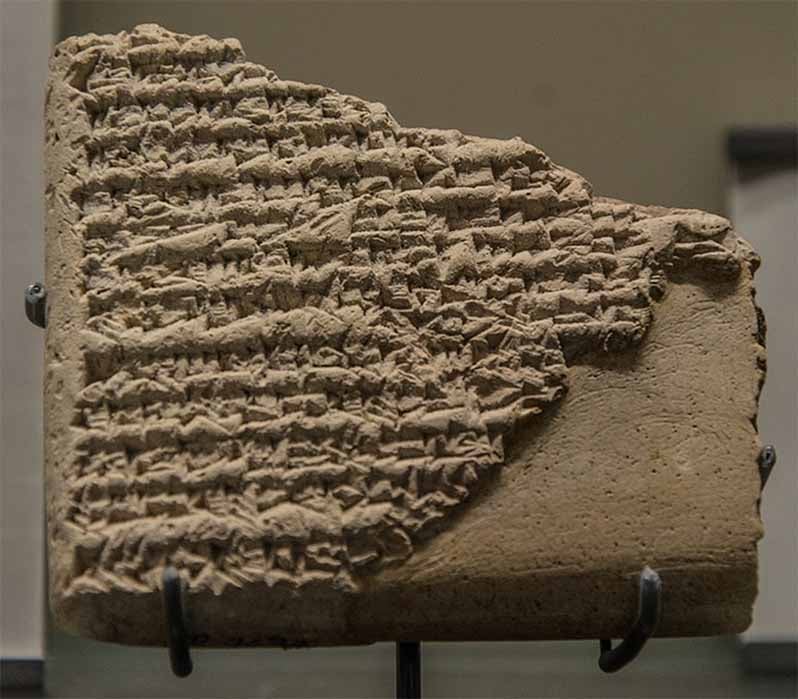
Was The Historical Egyptian Osiris Perhaps Sargon Of Akkad?
In many respects the narrative of the Egyptian god, Osiris, seems to be all too human. Is it possible that his origin goes back to a real historical king? Could the historical Osiris have been none other than the great Akkadian emperor, Sargon of Akkad? Osiris was one of the most popular and enduring gods in the long history of Egypt. Although it is often assumed that Osiris existed from the earliest of recorded times, in actual fact he only made his appearance during the Fifth Dynasty. Depictions of Osiris first appear in private tombs and the earliest reference to him is found in the Pyramid Texts. This provides a timeframe in which a quest for a possible historical Osiris might be pursued.

Bronze head of an Akkadian ruler, discovered in Nineveh in 1931, presumably depicting Sargon (CC BY-SA 2.0)
As there is no Egyptian king from that period who could have given rise to Osiris, the search for the historical Osiris could be taken beyond the boundaries of Egypt. A good candidate presents itself, namely Sargon the Great of Akkad, whose legends correspond to a remarkable extent with the stories told about Osiris. Among many other similarities, both Osiris and Sargon were great rulers who reached the ends of the world and who were also intimately linked with the Sumerian god, Dumuzi. Osiris is sometimes even described as the Egyptian Dumuzi.

Head of the god Osiris (circa 595–525 BC) Brooklyn Museum (Public Domain)
A major problem with this hypothesis is that Akkadian Sargon is usually dated later than the Egyptian Fifth Dynasty, which would make it impossible for him to have been the historical Osiris. This problem is overcome in a newly published chronological model that aligns the Fifth and early Sixth Egyptian Dynasties with the Akkadian Empire founded by Sargon the Great. Arguments have also been made that Sargon as well as his grandson, Naram-Sin, actually visited Egypt during their military campaigns in the Mediterranean Region.
Osiris and Dumuzi
Although Osiris was worshipped in Egypt for over 2,000 years, not one single Egyptian source has yet been found telling his story in full. The Pyramid Texts only contain scattered references to his mythology. A short version inscribed on a Middle Kingdom stele from Abydos also exists. The first author who told Osiris’s story in full was the Greek, Plutarch, in his On Isis and Osiris.
Insofar as Osiris might go back to Sargon, it is pertinent to look at their relationship with Dumuzi. There is great correspondence between the Osiris myth and the myth about the Sumerian god Dumuzi. Although there are small differences, all the major elements of their myths correlate—the untimely death of the king, the 72 or seven servants of Seth or Nergal who killed him, a version of the story in which he drowned (already mentioned in the Pyramid Texts), his two sisters, Isis and Nephthys or Ishtar and Belit-sheri mourning for him, him becoming a high official in the Netherworld, his identification with grain, the cult mourning him when the grain was cut, the impersonation of his life story in the cult and so forth. Additionally, both Osiris and Dumuzi were also identified with the constellation of Orion.





